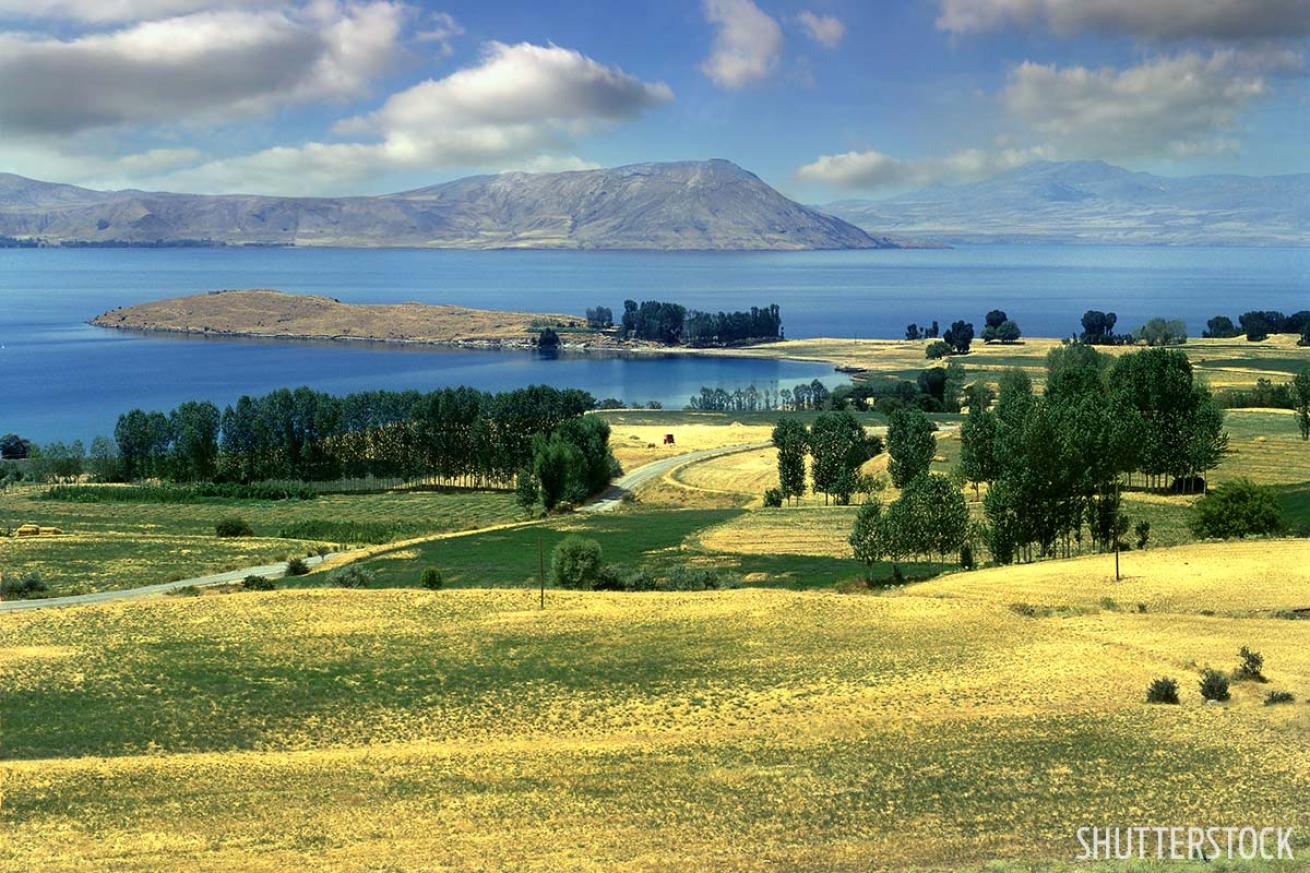Ancient Castle Discovered in Turkey's Lake Van
The ruins of an ancient castle have been found by scuba divers in the waters of Lake Van in Turkey.

ShutterstockScuba divers have discovered an ancient castle in Turkey's Lake Van.
Underwater photographer Tahsin Ceylan and his team have been diving Lake Van, the largest lake in Turkey, for the past 10 years and have uncovered many of its secrets. According to an article by Science Alert, the team discovered a four-square-kilometer field of stalagmites they called “fairy chimneys” and 1,000-year-old gravestones from the Seljuk Empire era in 2016. They discovered a Russian shipwreck in Lake Van in January 2017.
They came across their latest find while scuba diving outside the harbor of Adilcevaz, Turkey.
The site covers an area of approximately one kilometer and has been well preserved in the alkaline waters of Lake Van. Three- to four-meter sections of the wall are visible, but Ceylan doesn’t know how deep they go. Ceylan’s team did not include an archaeologist, but they hypothesize that the castle is from the Urartu civilization that lived in Turkey about 3,000 years ago — however, they specified that archaeologists would be the sole authority on the matter.
Live Science spoke to a number of researchers and learned that the castle may have been built during the Middle Ages — which lasted from approximately 473 to 1450 A.D. — although some of its materials have been dated back much further. Surveys and documents published by archaeologists surveying Lake Van from the 1950s and 1960s show that it was not uncommon for medieval builders to use old Urartian stone blocks for their walls and castles. It is possible this recent find is another example of repurposing ancient resources.
For now, the one thing that archaeologists and the dive team can all agree on is that more research is needed to accurately determine the origins of the site.










